The Perfect Way To Learn Data Analytics Step-by-Step
5 out of 5 based on 1235 votesLast updated on 30th Aug 2023 3.6K Views
- Bookmark

In this article, we will provide a step-by-step guide to Data Analytics Training, giving businesses the knowledge, they need.
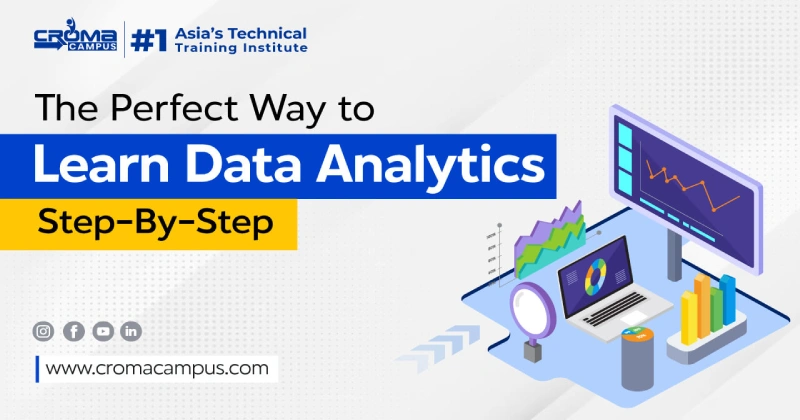
Data analytics has become an essential tool for organizations of all sizes, as businesses strive to stay competitive and make informed decisions. However, many companies are unsure of how to begin their data analytics journey. They are unaware of how to make the most of the data they have. In this article, we will provide a step-by-step guide to Data Analytics Online Training, giving businesses the knowledge, they need.
Step 1: Define Your Goals and Objectives
Before you begin analyzing data, it’s essential to know what you want to achieve. Set clear goals and objectives that align with your overall business strategy. This will help you identify which data points are most critical and ensure that you are collecting the right data.
Step 2: Identify the Data You Need
Once you have defined your goals, the next step is to identify the data you need to achieve them. Determine which data sources are most relevant to your goals and what type of data you need. Examples are customer data, sales data, or social media data.
Step 3: Collect the Data
With your data sources identified, you can begin collecting the data you need. Depending on the size and complexity of your data, this can be a significant undertaking. You may need to work with an IT professional to collect and organize your data effectively.
You may also read:
Choosing The Best Data Science Courses For Success
Reasons You Must Learn About Tableau
Step 4: Clean and Prepare the Data
Before you can begin analyzing your data, you must ensure that it is clean and prepared for analysis. This involves identifying and correcting errors in your data and transforming it into a format that is suitable for analysis.
Step 5: Analyze the Data
Once your data is clean and prepared, you can begin analyzing it. There are several data analysis techniques to choose from, depending on the type of data you have and your goals. For example, you may use regression analysis to determine the relationship between two variables or cluster analysis to group similar data points together.
Step 6: Visualize the Data
Data visualization is an essential aspect of Data Analyst Course, allowing you to present your findings in a clear and concise manner. There are several tools and techniques available for data visualization. For example, simple charts and graphs to more advanced visualizations like heat maps and network diagrams.
Check Data Science Course Fee And Duration
Step 7: Interpret the Results
Interpreting the results of your analysis is crucial to making informed decisions. After that, identify patterns and trends in your data that align with your goals and objectives. Determine what insights your data is providing and what actions you need to take as a result.
Step 8: Take Action
The final step in the Data Analytics Course process is to take action based on your findings. Use the insights you have gained to make informed decisions that will drive your business forward. The data you have collected and analyzed can help you achieve your goals whether it’s improving customer satisfaction, or reducing costs.
Our Training Programs in Delhi NCR:
Data Analytics Course in Delhi
Data Analytics Training in Gurgaon
Data Analytics Training in Noida
Conclusion
In conclusion, data analytics can be a powerful tool for businesses of all sizes. However, it’s important to approach it in a structured and strategic way. By following the above-given steps, you can ensure that you are collecting the right data, analyzing it effectively, and using it to make informed decisions.
Subscribe For Free Demo
Free Demo for Corporate & Online Trainings.
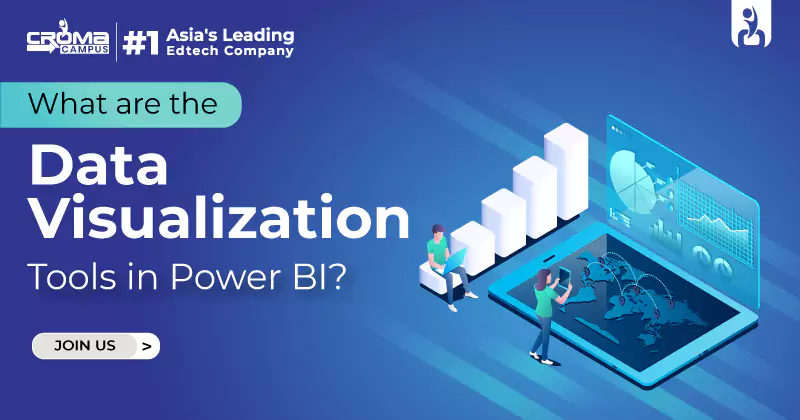


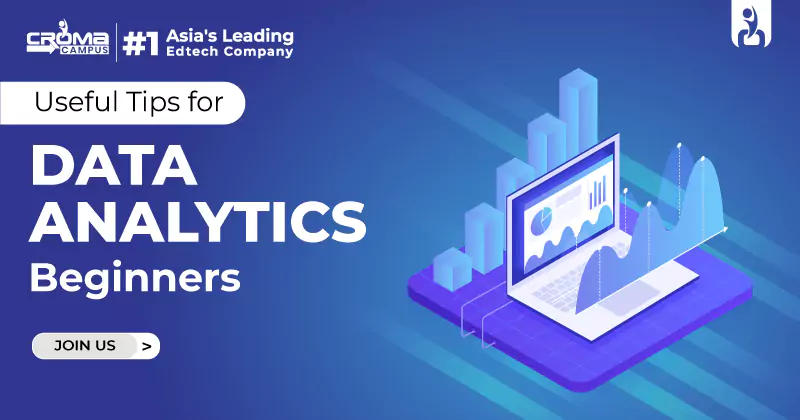
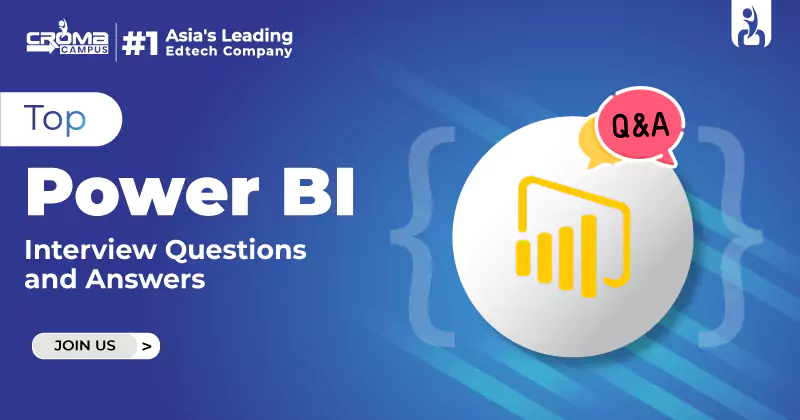
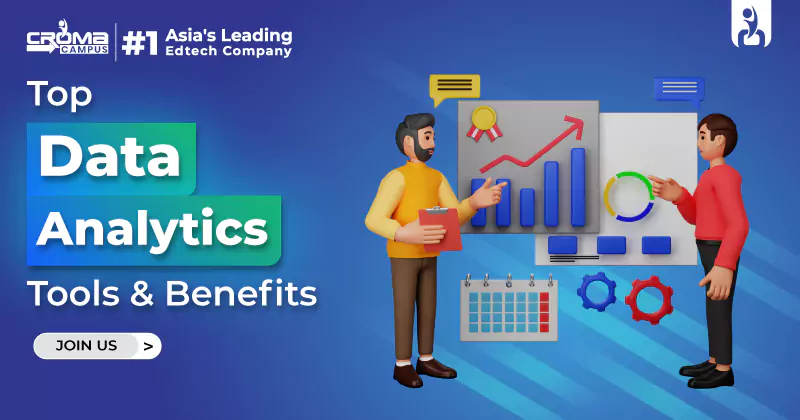
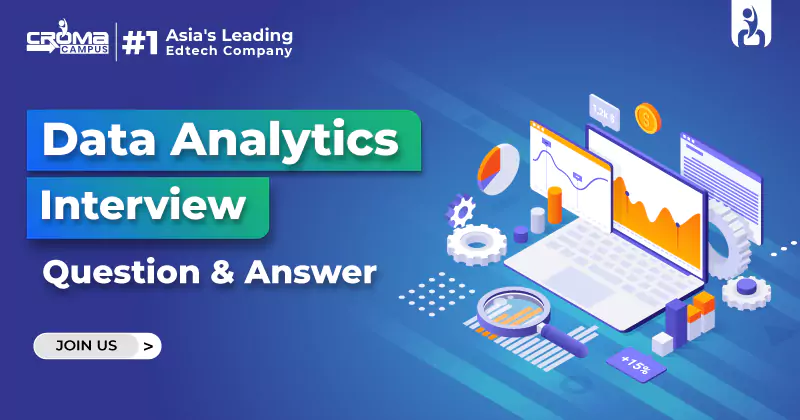
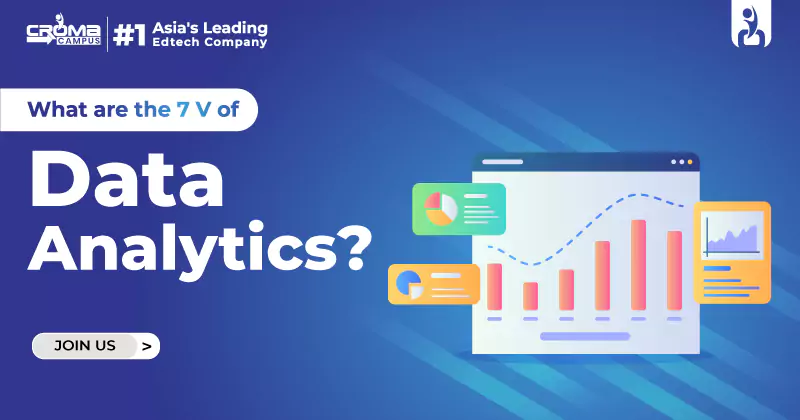
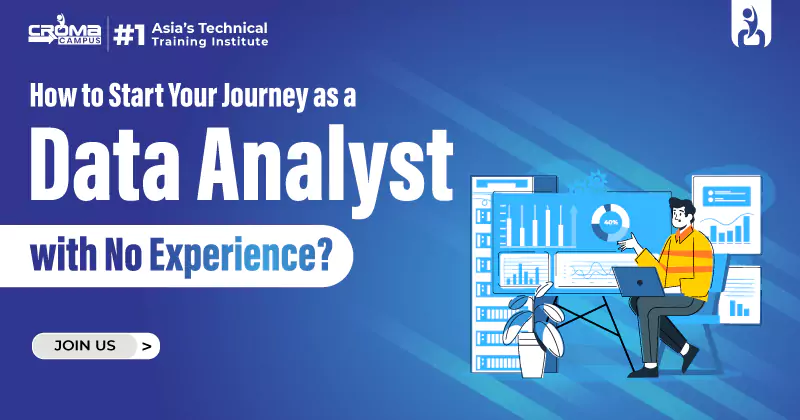

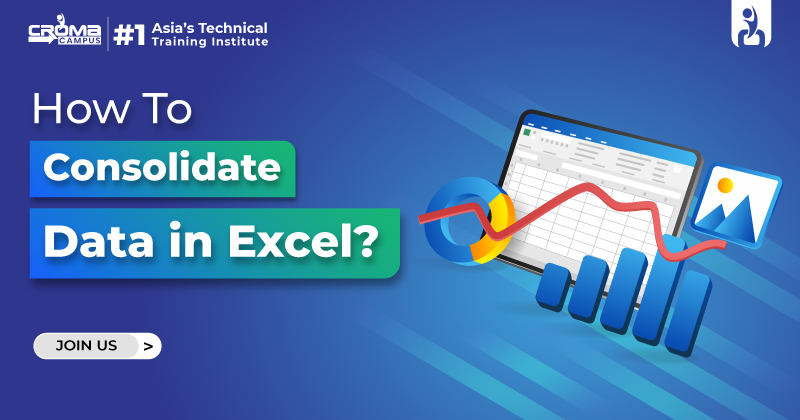
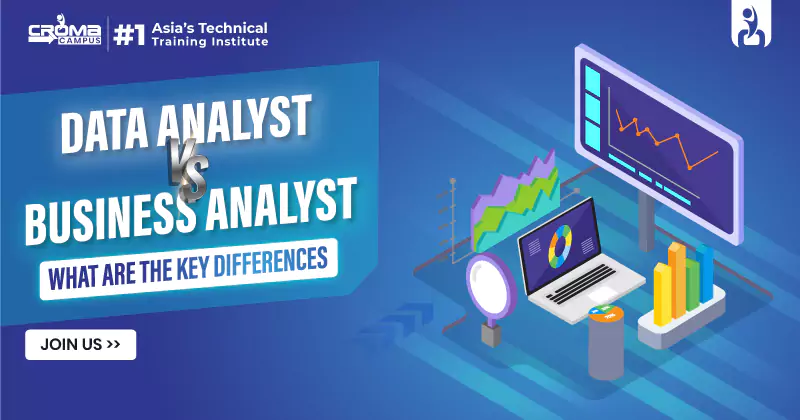













.webp)

.png)















